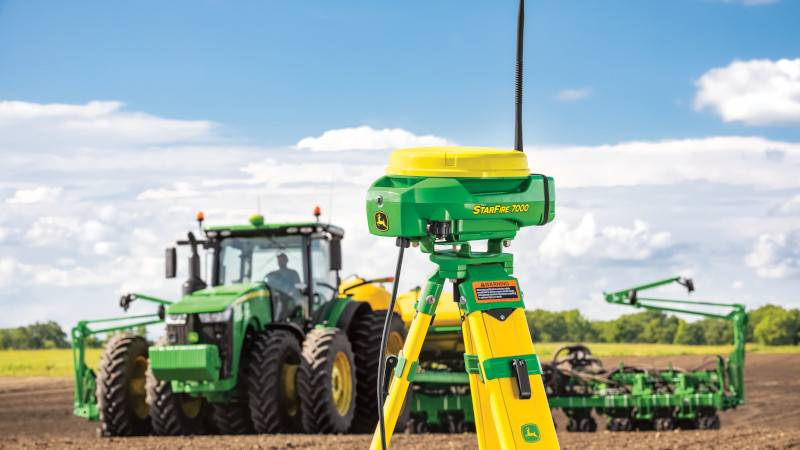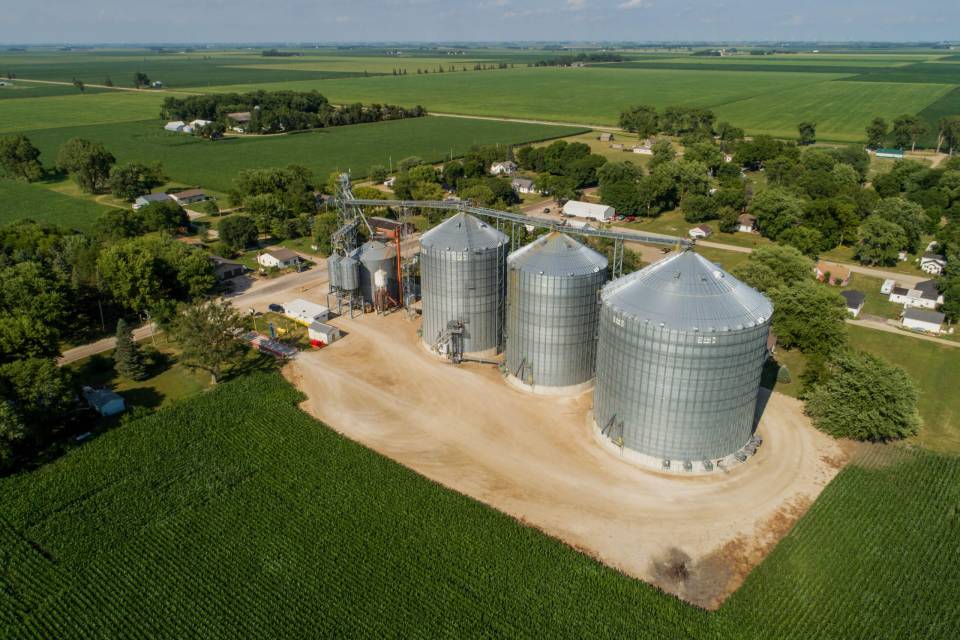Omnichannel or Omnishambles? Why It’s Time for Ag Retail to Accelerate Digital Offerings to Meet Growing Demand
Disruption to the supply chain during the pandemic has highlighted the need for better ways of working. It has been a cross-industry wake up call to the value of digital, which has provided a lifeline to many sectors. However, this shift shouldn’t come as too much of a surprise, COVID has merely accelerated long-term trends. In the case of agriculture, this evolution had been progressing far too slowly.
However, necessity breeds change. Many of us in the field, myself included, came to the same realization: Could we work faster and more efficiently with remote, rather than face-to-face, interactions with retailers?
You can now manage your life almost entirely from a smartphone. I can monitor my personal finances, order ingredients to make delicious dinners, and communicate instantly with anyone through many communication channels — all with a swipe and a click. It’s wonderful. But you’d be hard pressed to run an agricultural business from your device.
This matters because growers’ digital expectations are shaped by their consumer experiences. However, the current mishmash of disconnected systems does not — generally — live up to these high standards.
This puts an onus on those players to address any comparative shortcomings that have been thrown into sharp detail over the past year. Digitalization will ultimately impact ag retailers the most as they currently focus on face-to-face relationships to build trust. But they also stand to gain the most from a shift to a digital mindset.
Grower Demands Are Shifting
From football scores to fact-checking even the most obscure facts on Wikipedia, we come to expect instant information when we need it. However, growers typically need to access multiple channels to pull together the background detail they need to make informed financial and agronomic decisions.
A fragmented industry that relies heavily on outdated, and often incompatible, systems has meant it isn’t easy or quick to access this information. The issue for the retailer, as pinpointed by a McKinsey report, is that customer data is often scattered across multiple on- and offline systems.
Interoperability (or the lack of it) is the elephant in the room that can no longer be ignored. To be recognized as a reliable partner to growers, ag retailers will increasingly need to have oversight of all the information their customers need as and when they need it. Simply put, it needs to be aggregated and systems need to communicate through a single platform.
Opening Up the Roadblocks
While a move to digital platforms does seem to be the direction of travel, not all growers necessarily want online-only channels. While we might assume it’s older growers who shirk at digital, but sometimes younger ones want in-person advice when they need to make important decisions. As such, the key is to offer customers choice across all channels — digital and traditional and each has a place to play in different contexts.
Ongoing issues of trust around data handling mean many growers still have concerns around sharing their IP One-third of farmers are reluctant to share their data, according to a study by the Agricultural Data Coalition. Clearly, trust is in short supply, then. But this is not an insurmountable challenge. Turning this challenge into an opportunity could be a business accelerator in a competitive market.
An Omnichannel Supply Chain
A solution would be a single, preferably independent hub that collates information to offer real-time information on products, pricing, agronomic info, and more, and provisions follow-up with the retailer, through whichever channel is most appropriate — on or offline. It should be up to the grower how much, or how little, data he or she adds to the system, but having access to this information will clearly make the system more efficient.
We’re now starting to see these sorts of omnichannel platforms reach the market. These tools are a value-add option to the services the ag retailers already offer, rather than a replacement for established ways of working.
They offer the means to bring stakeholders — and therefore the supply chain — closer together to make better decisions collaboratively. In giving customers on-demand self-service access to information, these platforms free up the retailer’s time to focus on what’s most important — offering advice to build loyalty and trust.
In this sense, these hubs offer the best of both worlds, information with consultancy. Although there’ll never be an Amazon or Apple of ag, nor would it be right, the level of customer experience they offer is what ag retailers should now aspire to. One thing the pandemic has shown us is it’s time to consign omnishambles systems to the past.






